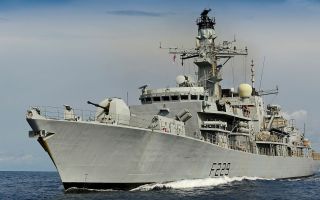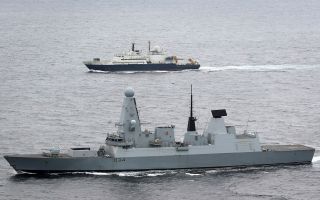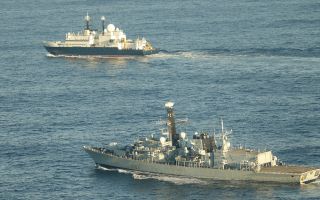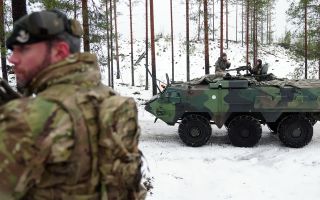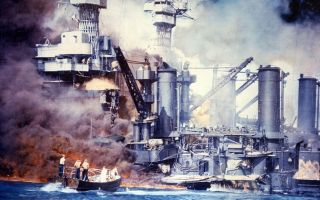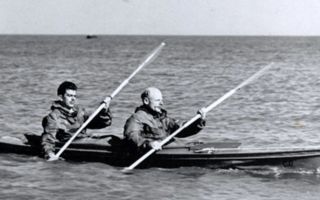Small but packing a mighty punch: Royal Navy's tiniest ships head back to the Baltic
Four of the Royal Navy's smallest ships have set sail for a two-month workout with their Nato allies in the Baltic.
Archer-class vessels HMS Dasher, Express, Puncher and Pursuer will spend the next 10 weeks away from home – eight of them involving a series of exercises.
The fast patrol craft will take on a range of missions including harbour defence, escort duties, acting as launchpads for minehunting drones and as enemy forces trying to intercept shipping.
The P2000 inshore patrol craft will be operating between the Kattegat, a strait between Sweden and Denmark, and the Gulf of Finland.
Their initial goal is to join 13 other Nato nations off Germany's Baltic shore for Exercise Northern Coasts, a test of land, sea and air forces involving more than 2,700 personnel and 40 warships.
Dasher, Express, Puncher and Pursuer will host experts from the Royal Navy's Mine Threat Exploitation Group, who have been working with them to launch autonomous minehunting kit.
The action will then shift further east, with the ships taking part in exercises with their Finnish, Swedish and Latvian counterparts.
These exercises come under the banner of the Joint Expeditionary Force, a coalition of northern European nations that are committed to regional defence and security.
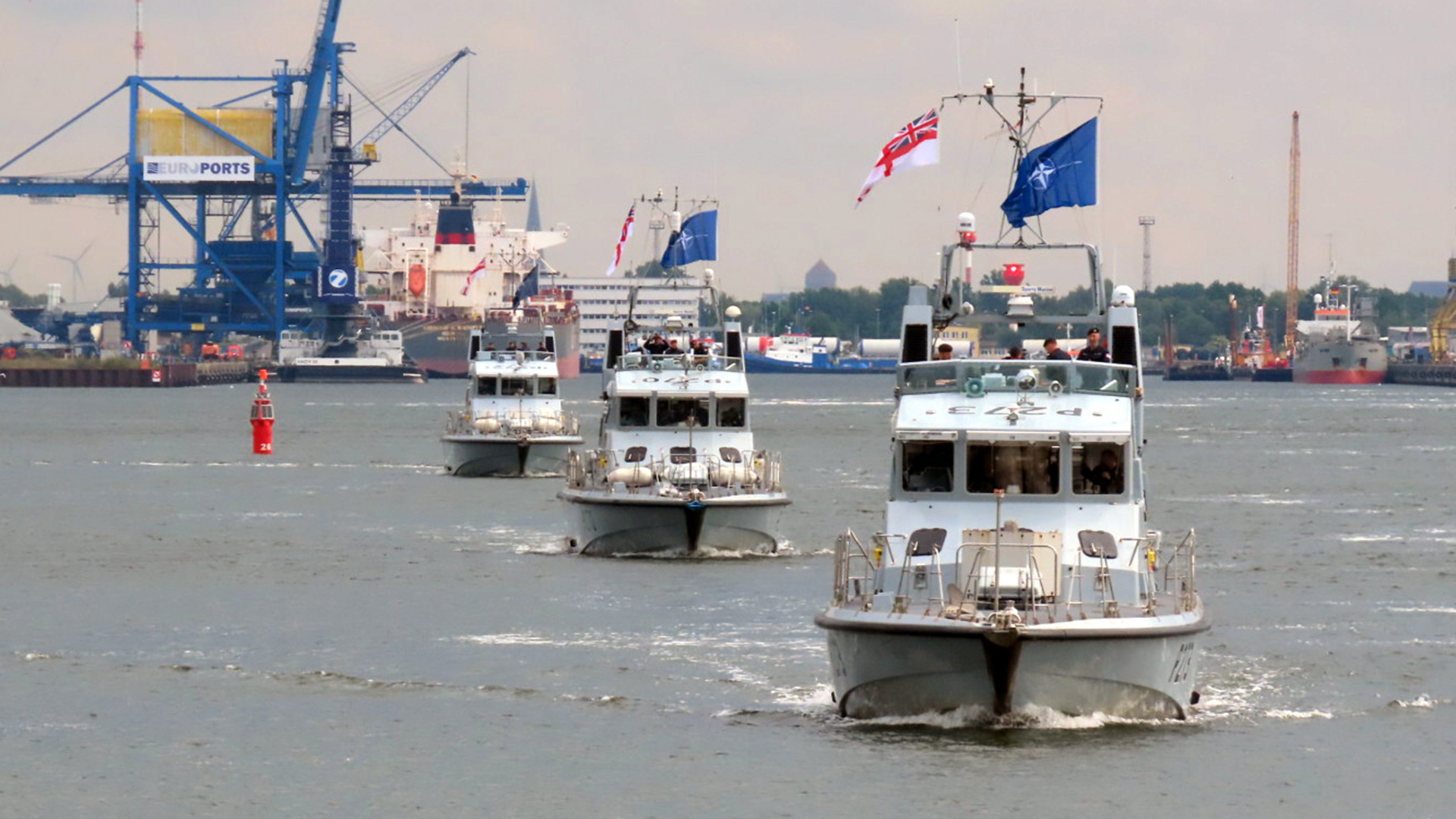
Mission evolved
Dasher and Pursuer are no strangers to the Baltic, having only just returned from the region after taking part in Nato's spring exercise.
And earlier in the year, Puncher and Express deployed to the Arctic to support winter war games, then joined the Dunkirk Little Ships for a high-profile re-enactment on the 85th anniversary of the 1940 evacuation.
P2000 craft have served the Royal Navy since the late 1980s, mostly as navigation training platforms and giving university undergraduates a taste of service life.
But over the past decade, their mission has evolved to focus more on frontline operations.
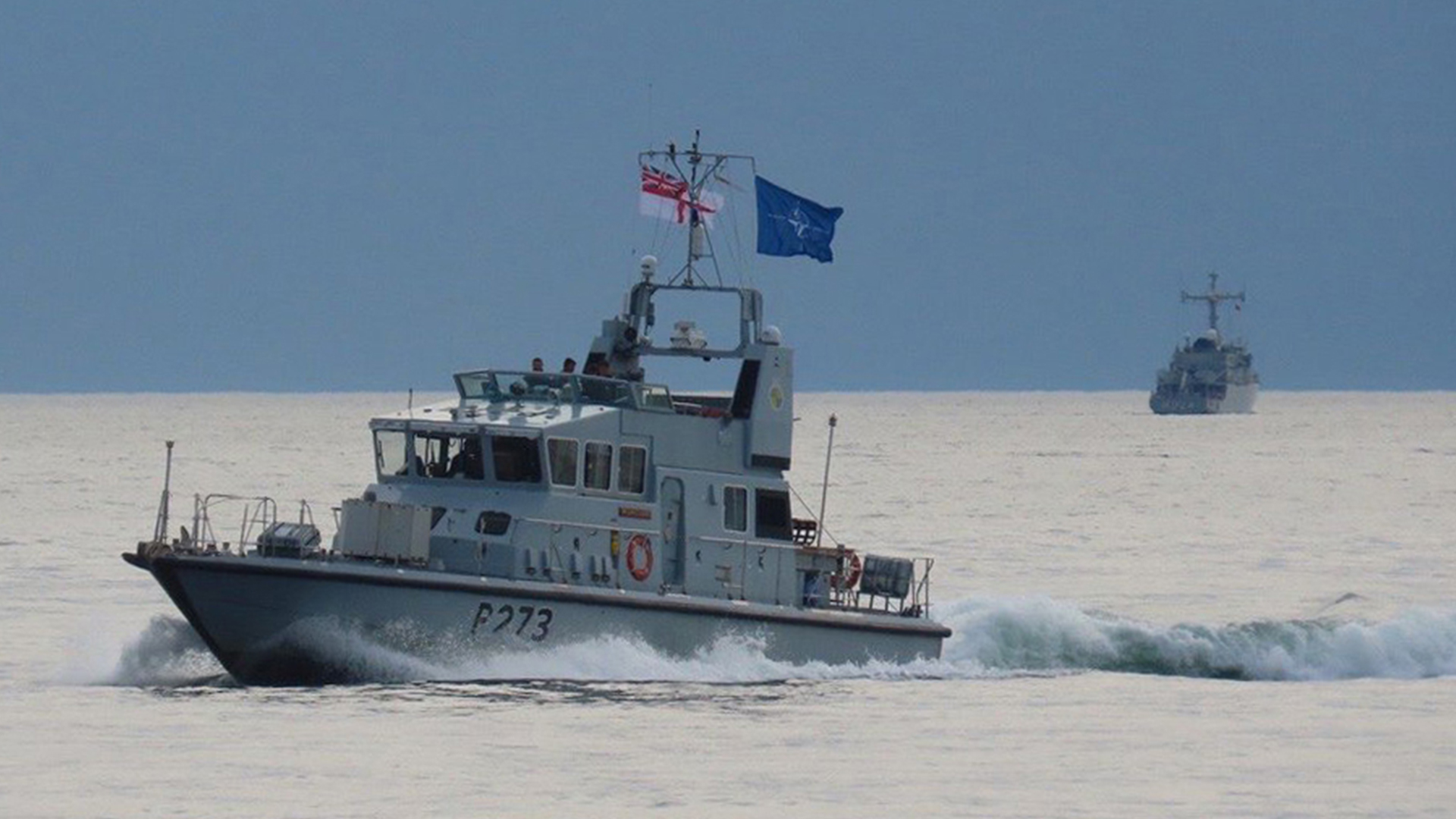
Pack a mighty punch
Being small, fast and manoeuvrable – they measure 20.8m long and can do over 20kts – they are well suited to operations close to shore, or tasks against other small craft.
Each P2000 has a crew of five, but the numbers can be bolstered with additional officers and sailors undergoing training.
Leading Engineering Technician Thomas Hargreaves, who keeps HMS Dasher running, said he thoroughly enjoyed his first visit to the Baltic.
"Once again, the Coastal Forces Squadron can prove to both Nato and the Joint Expeditionary Force that P2000s may be small, but pack a mighty punch," he said.
"Having the opportunity to travel to different countries in the eastern Baltic with my shipmates is an opportunity like no other and I can't wait continue building those memories."


